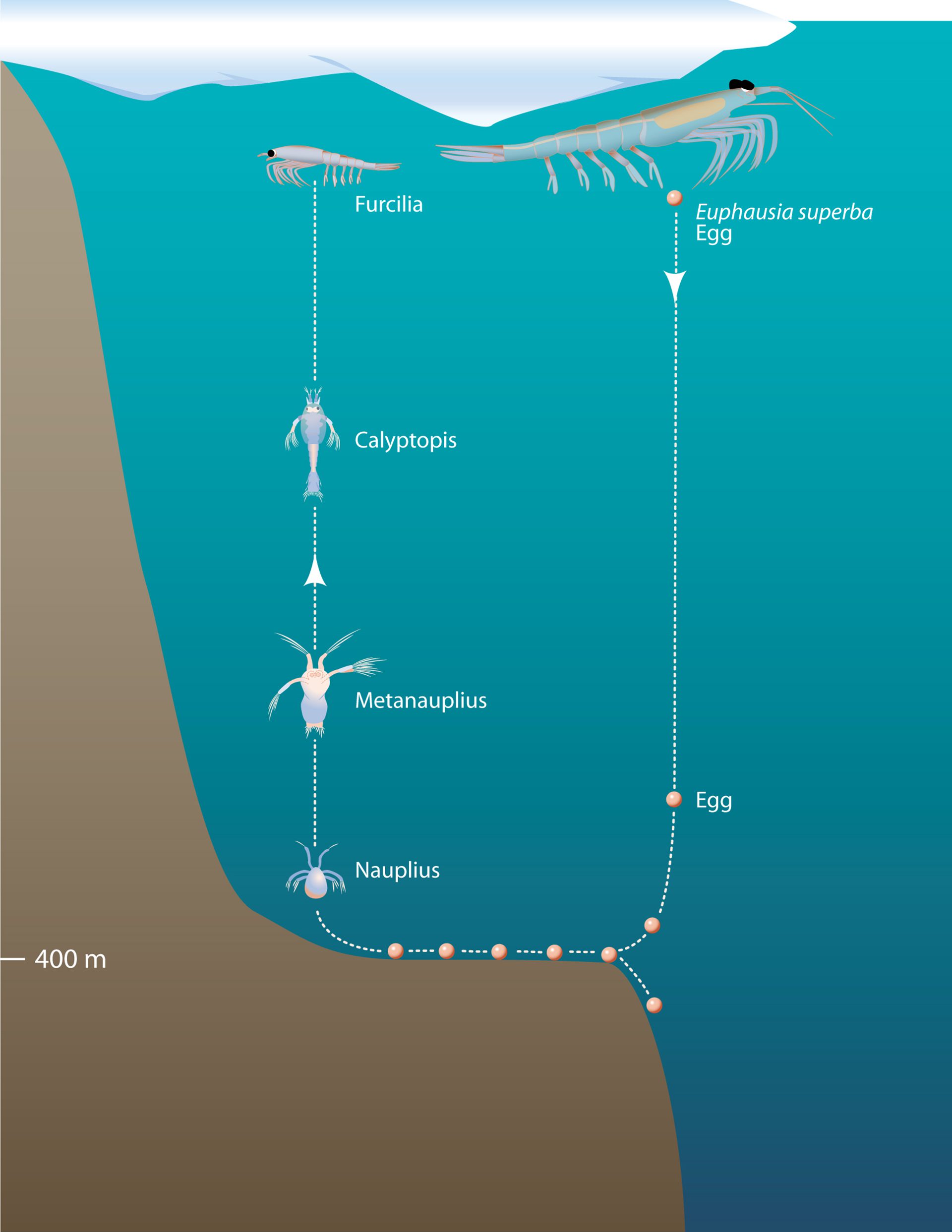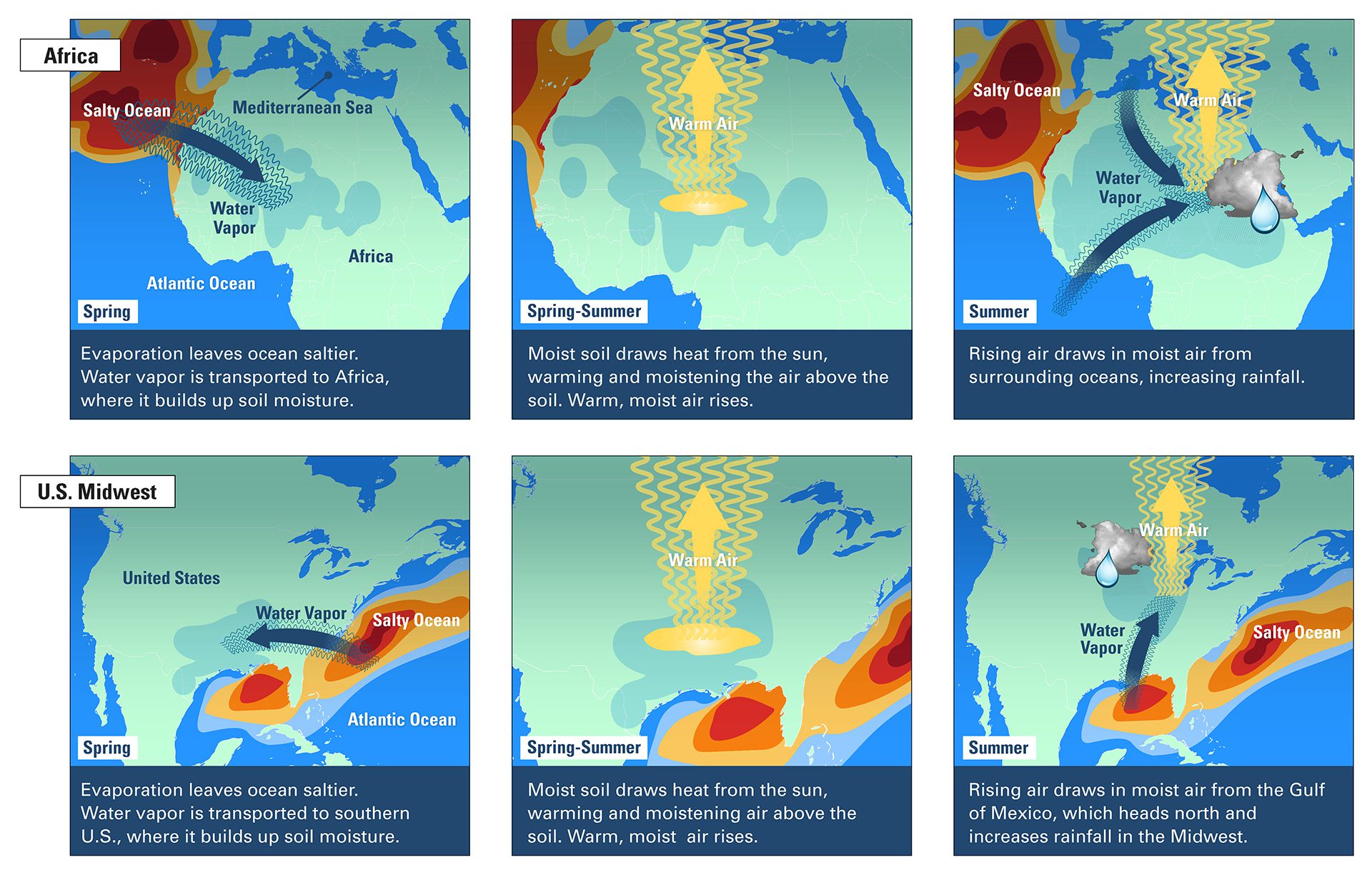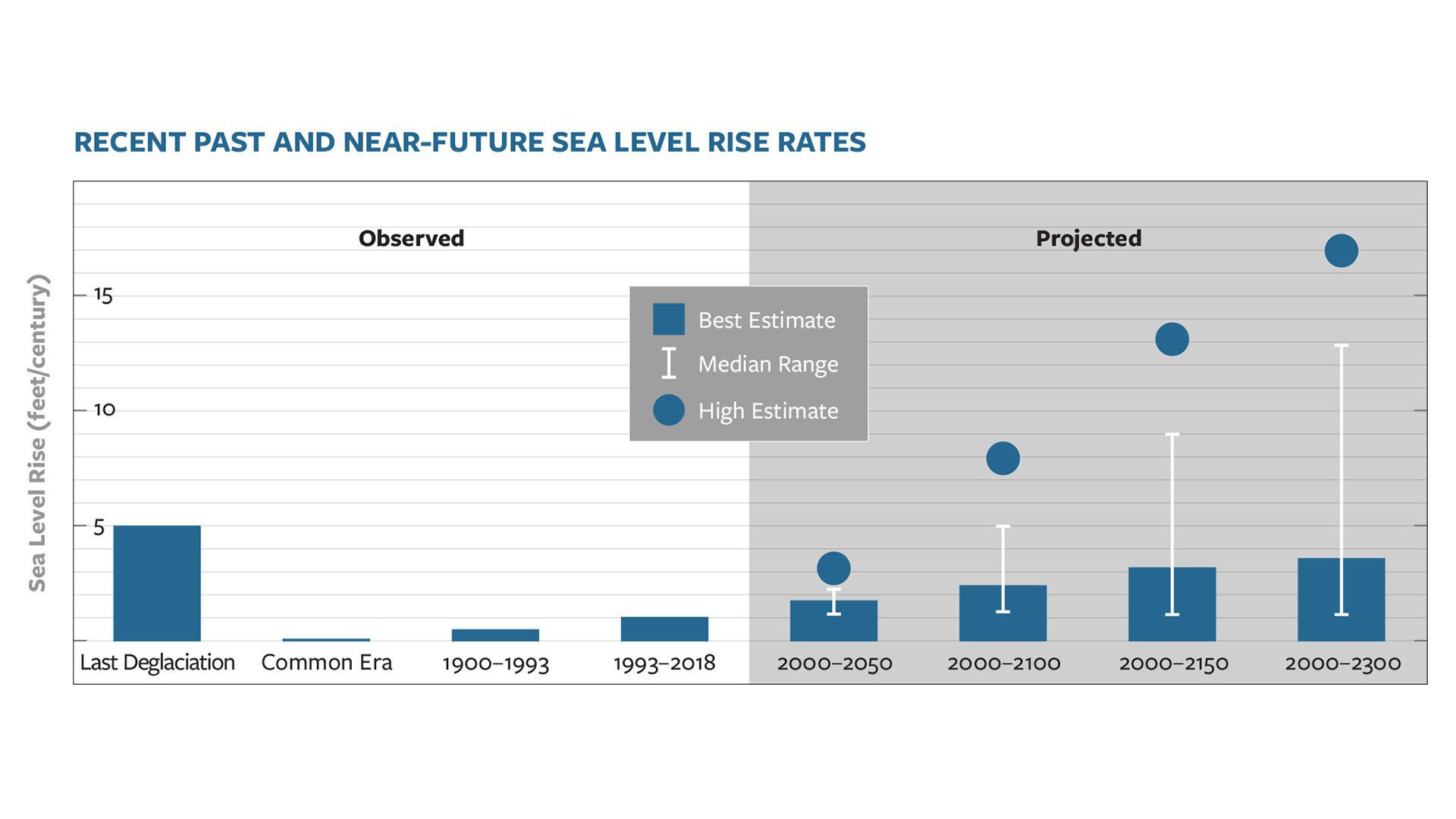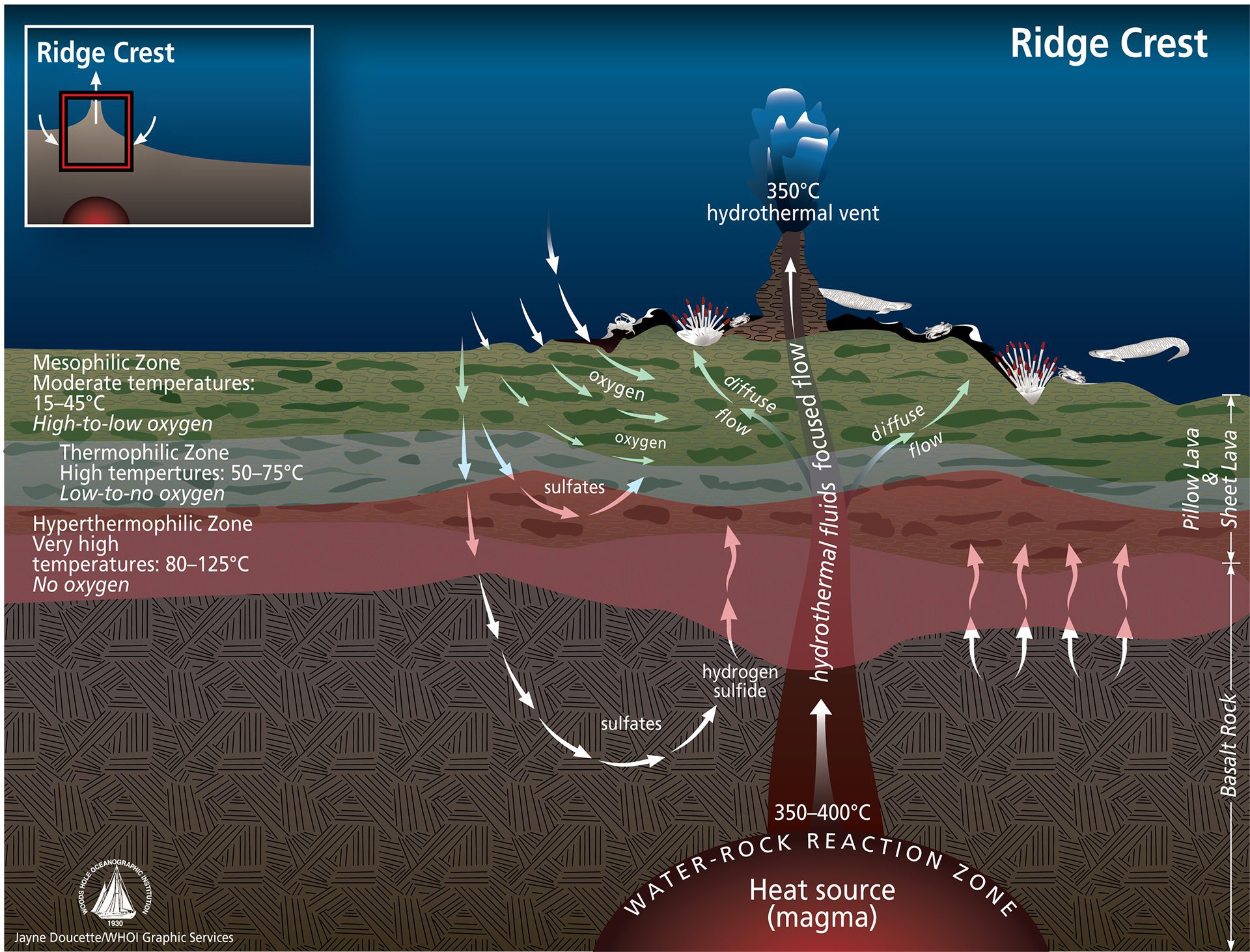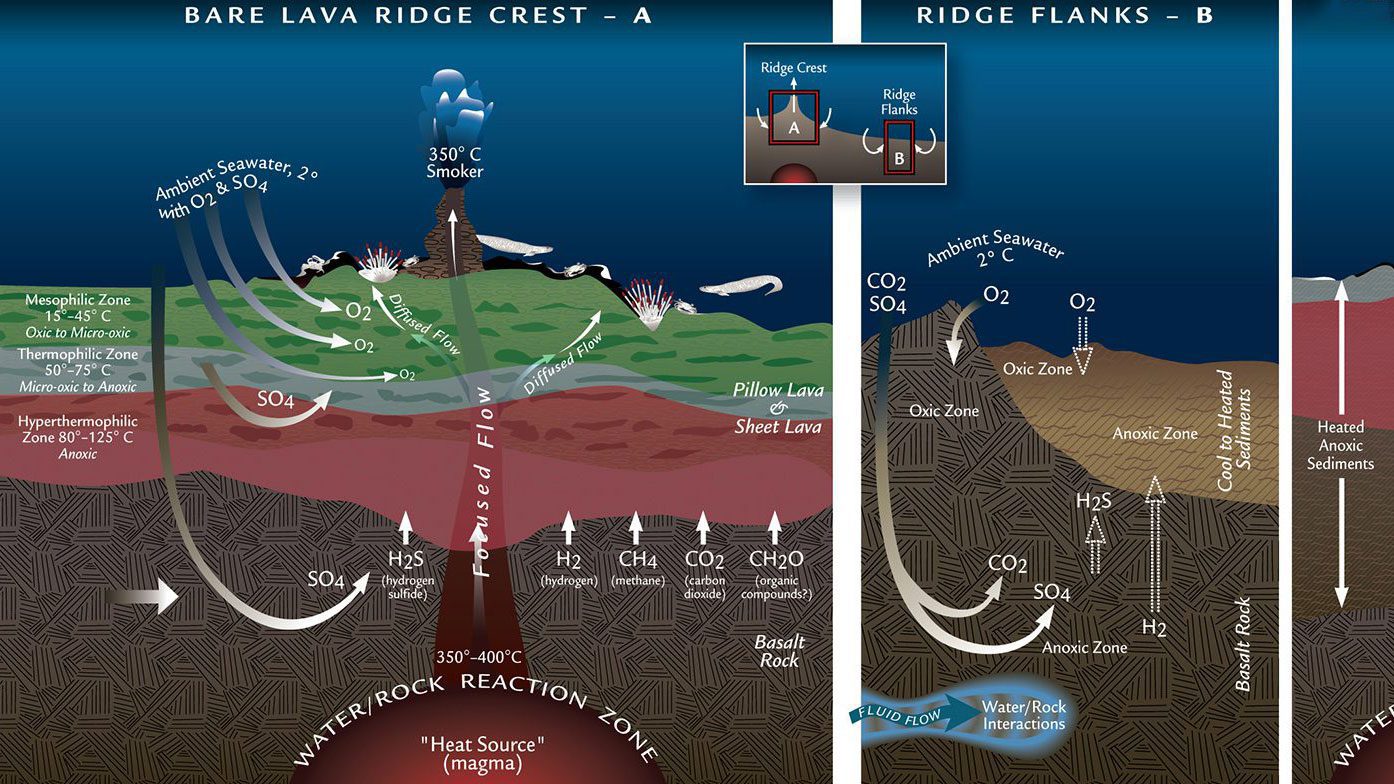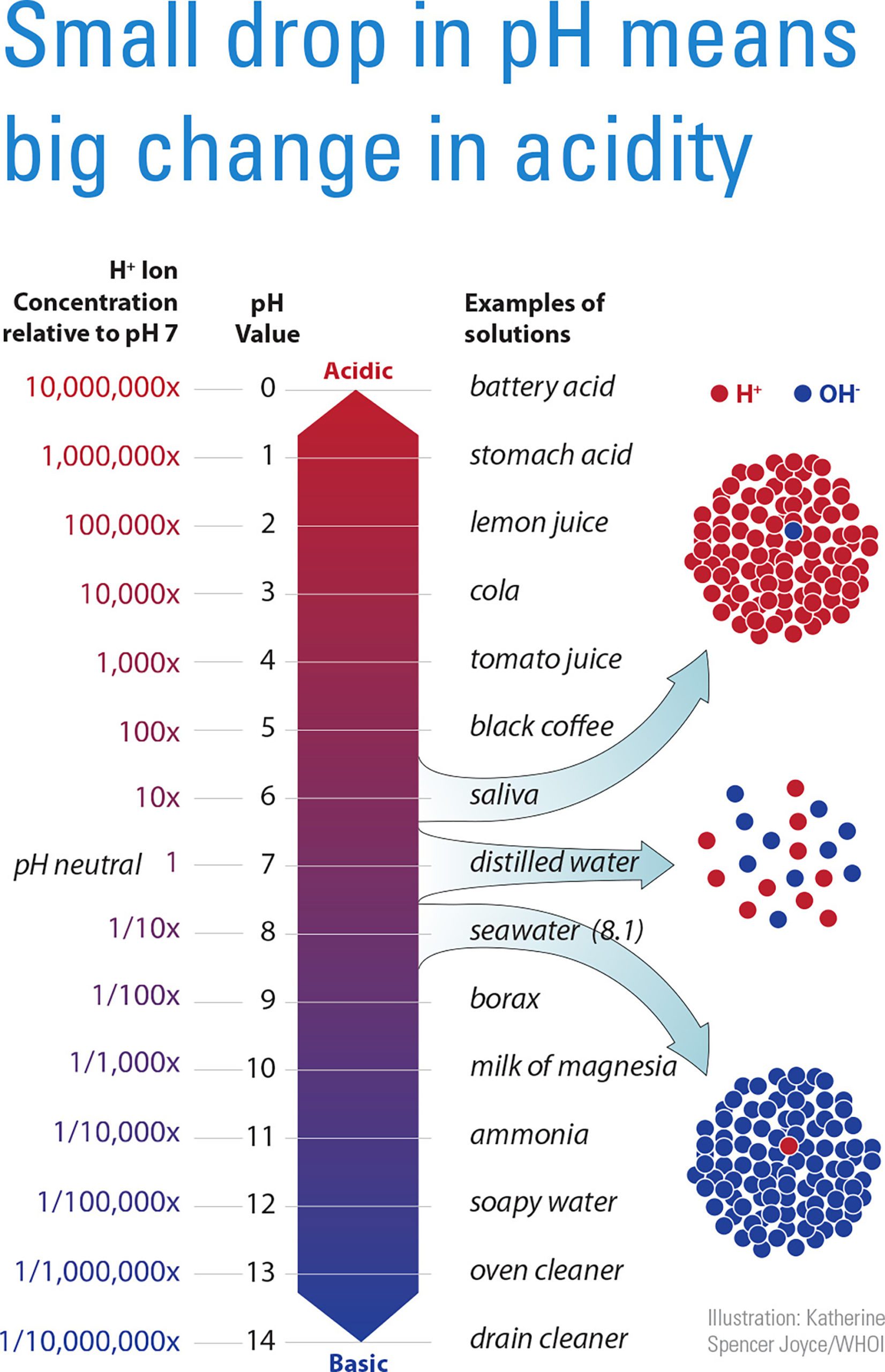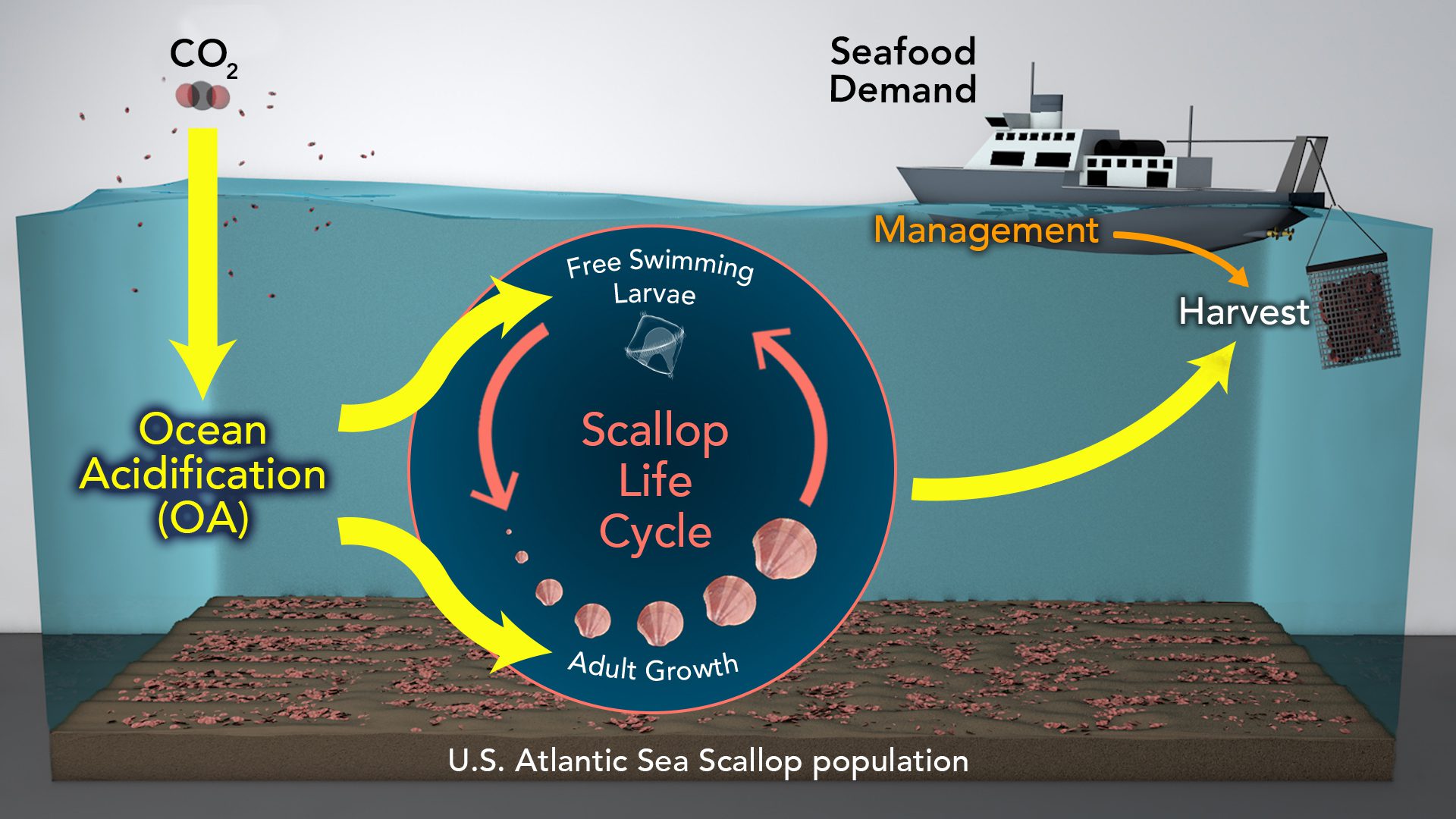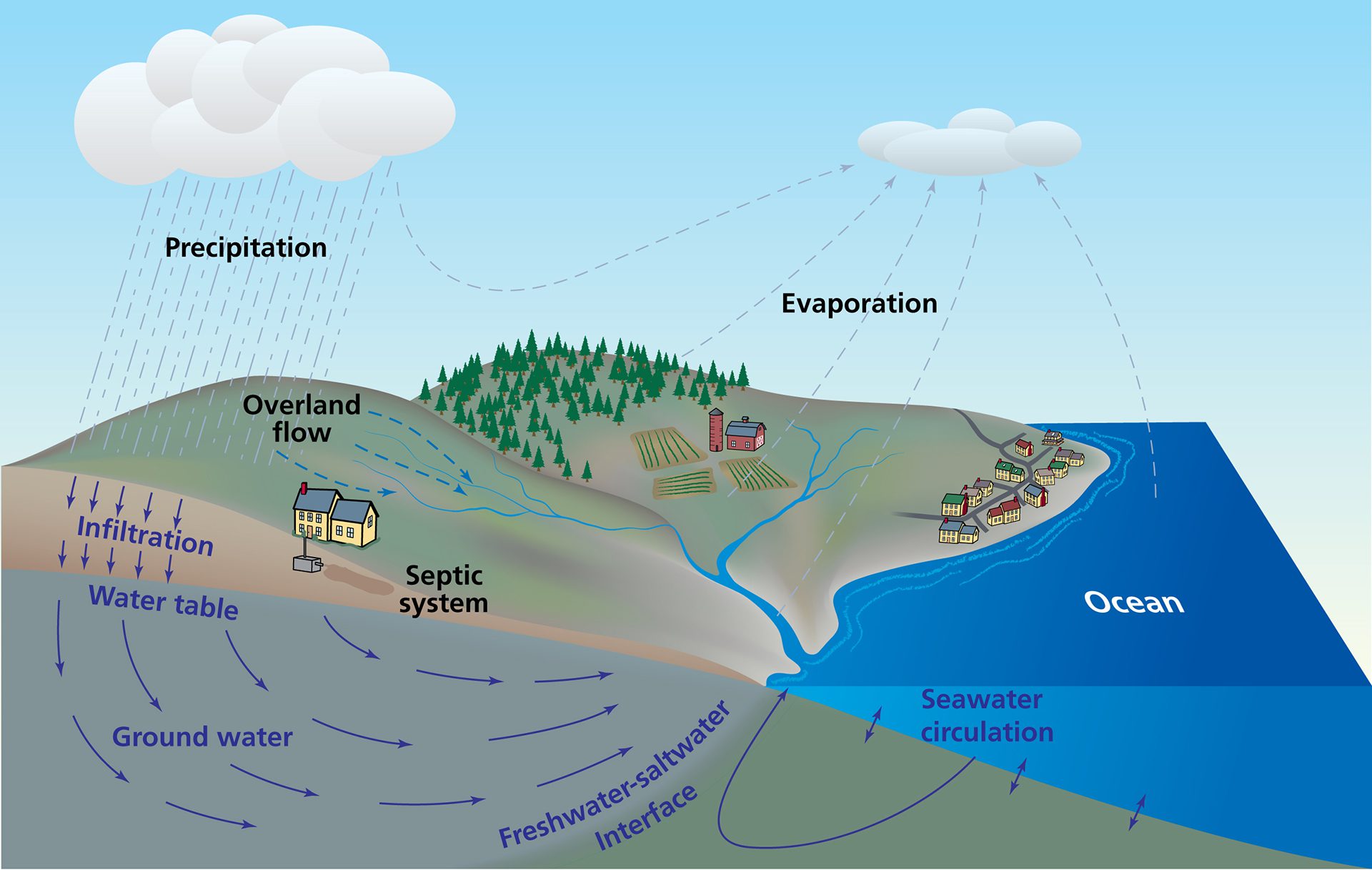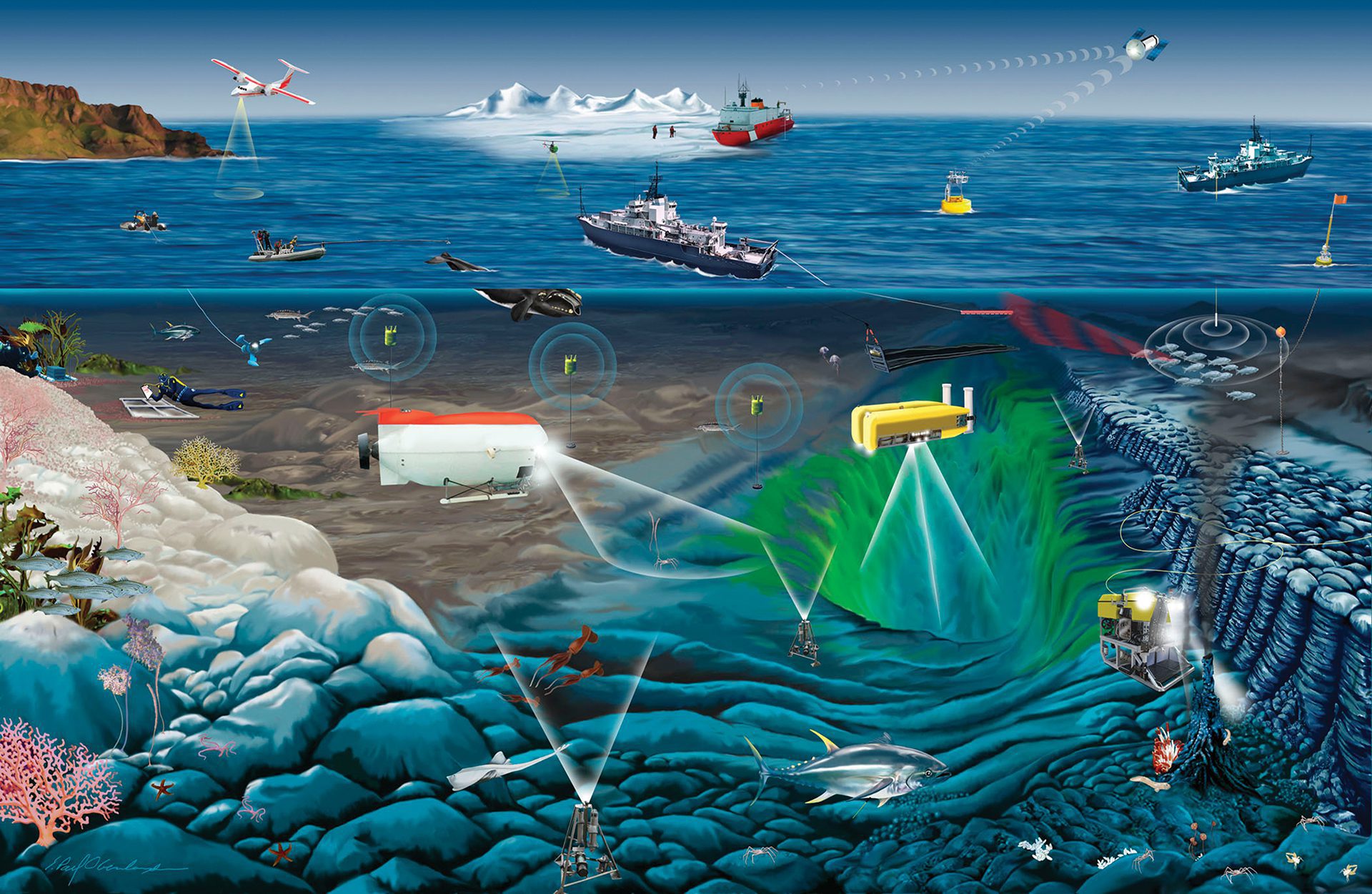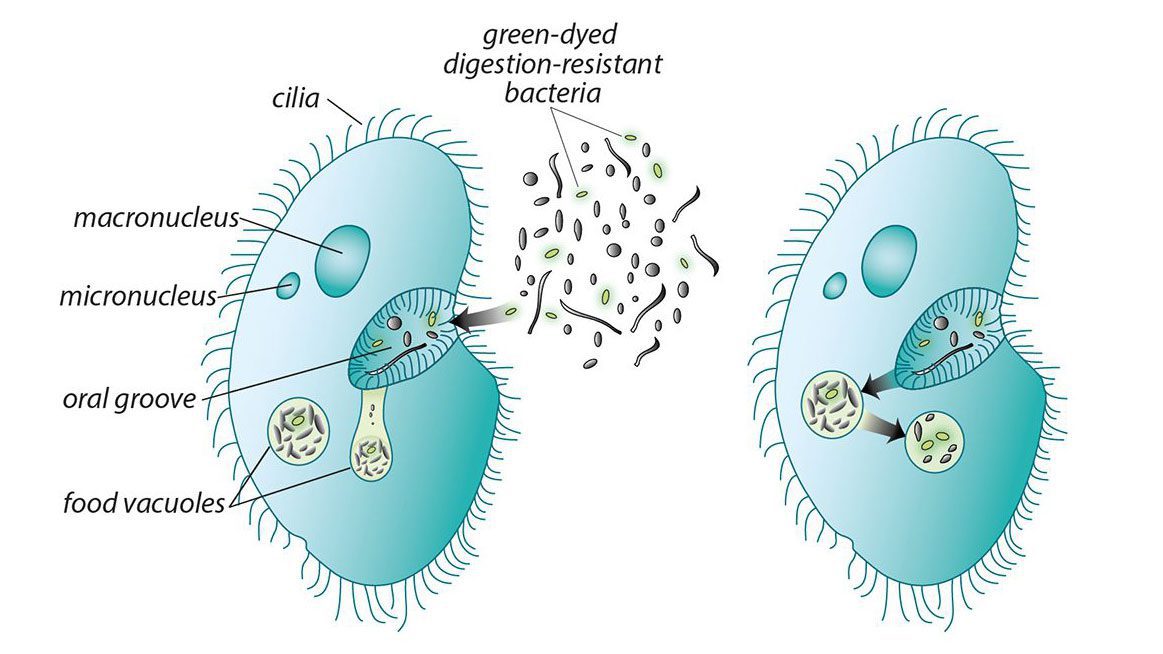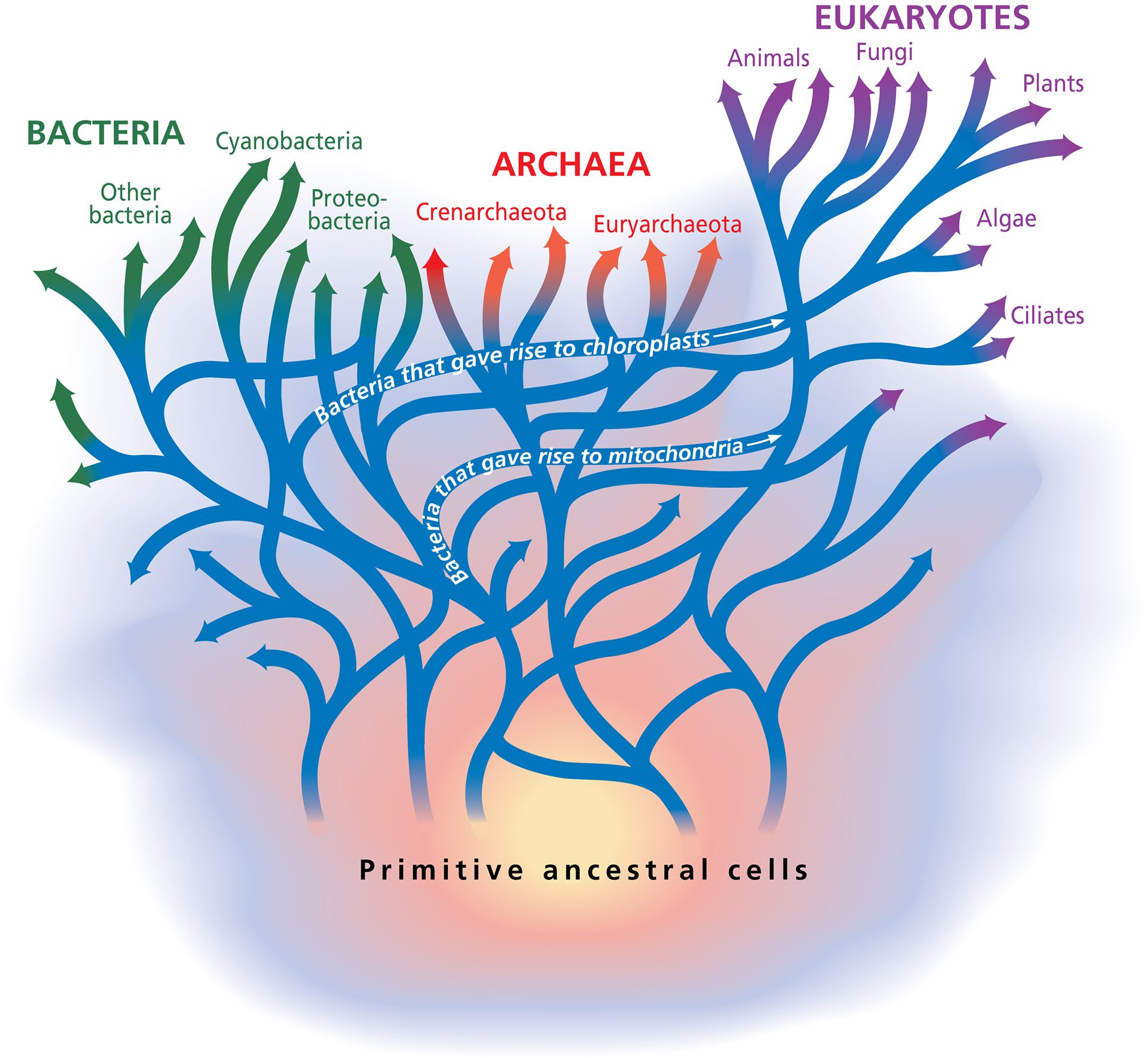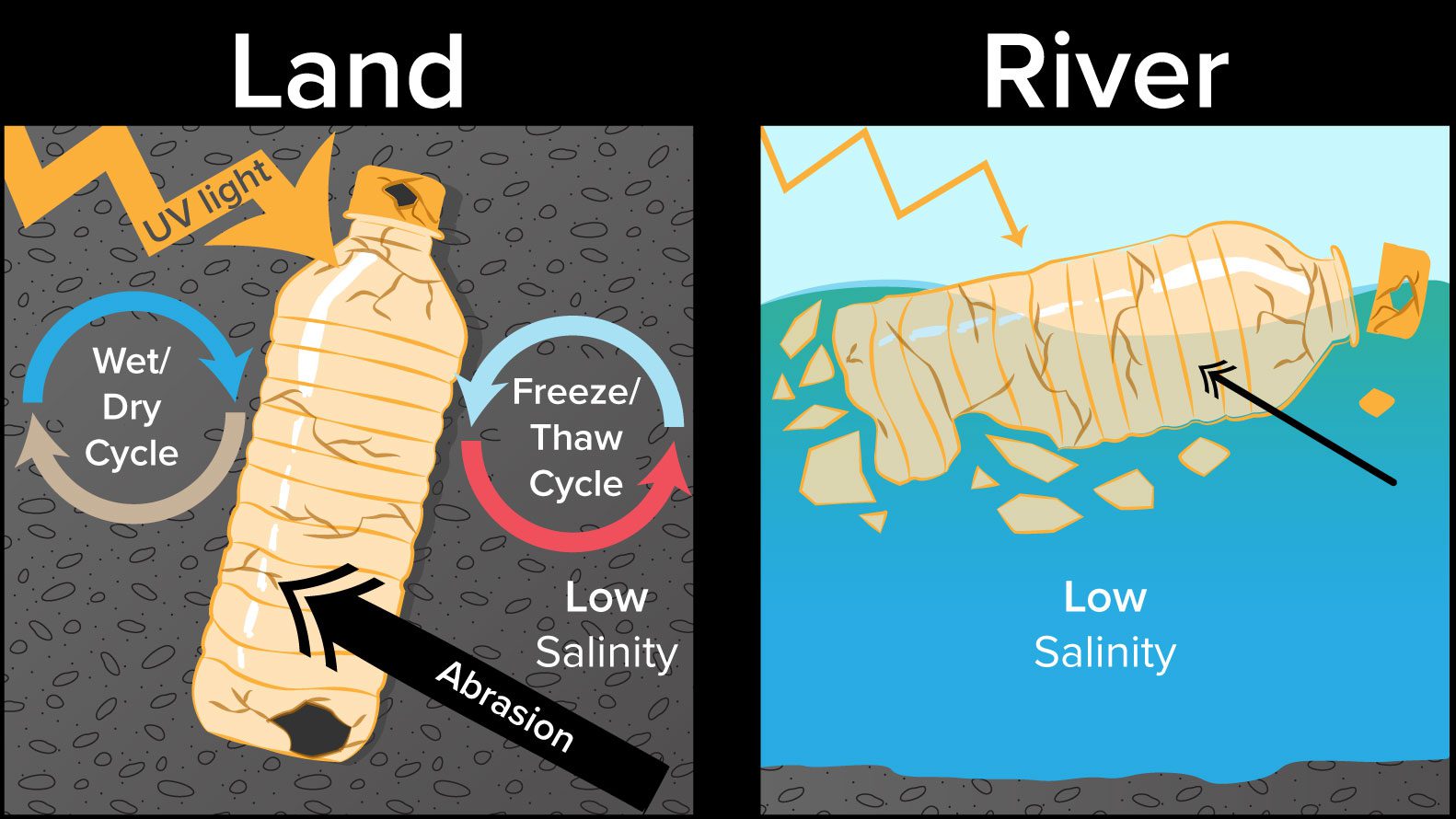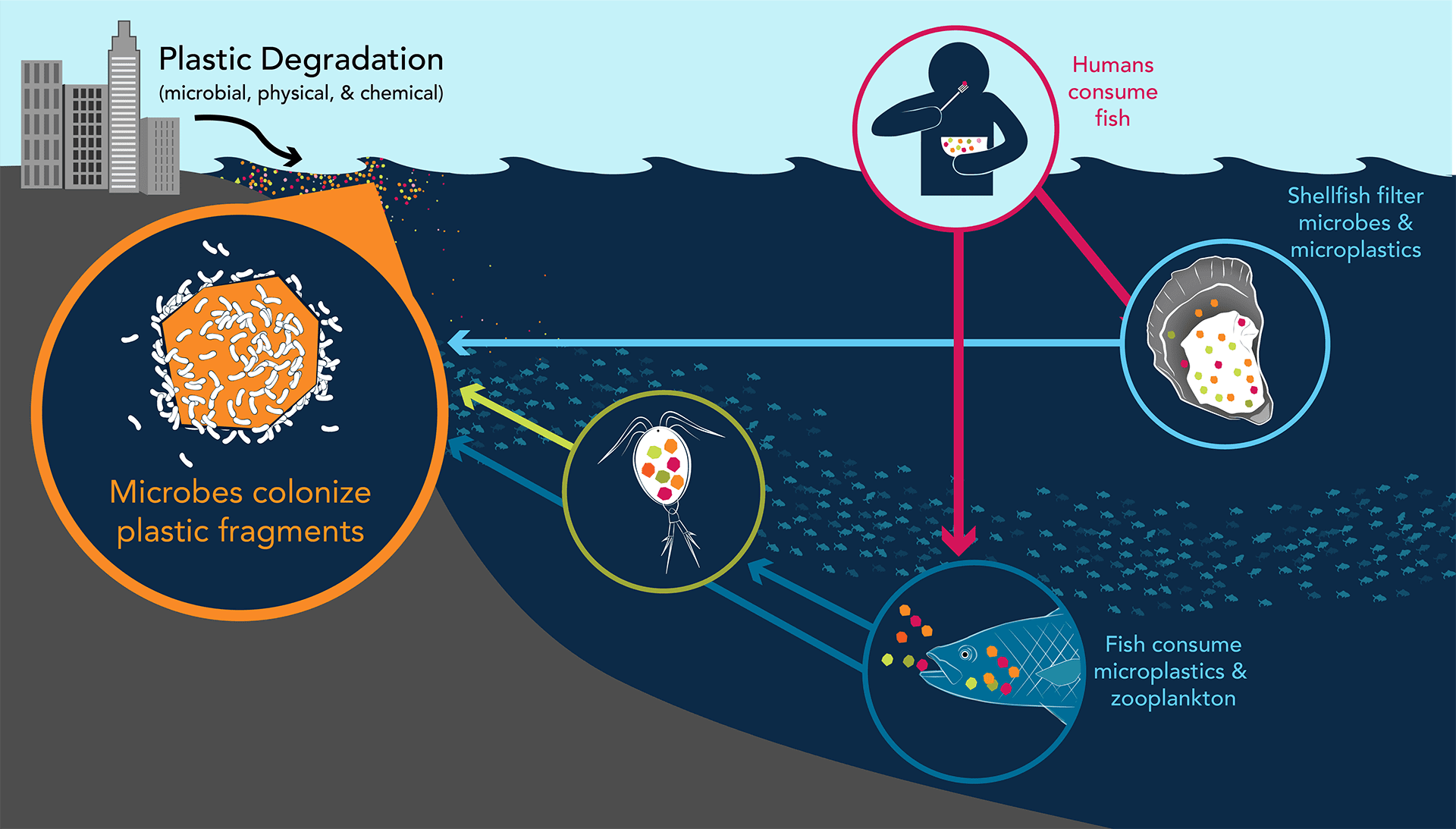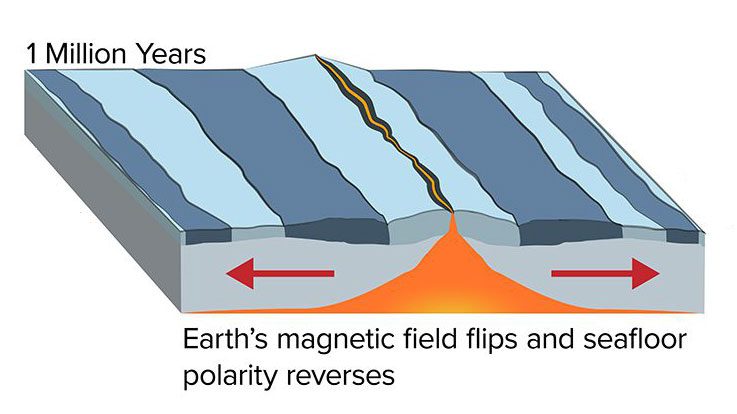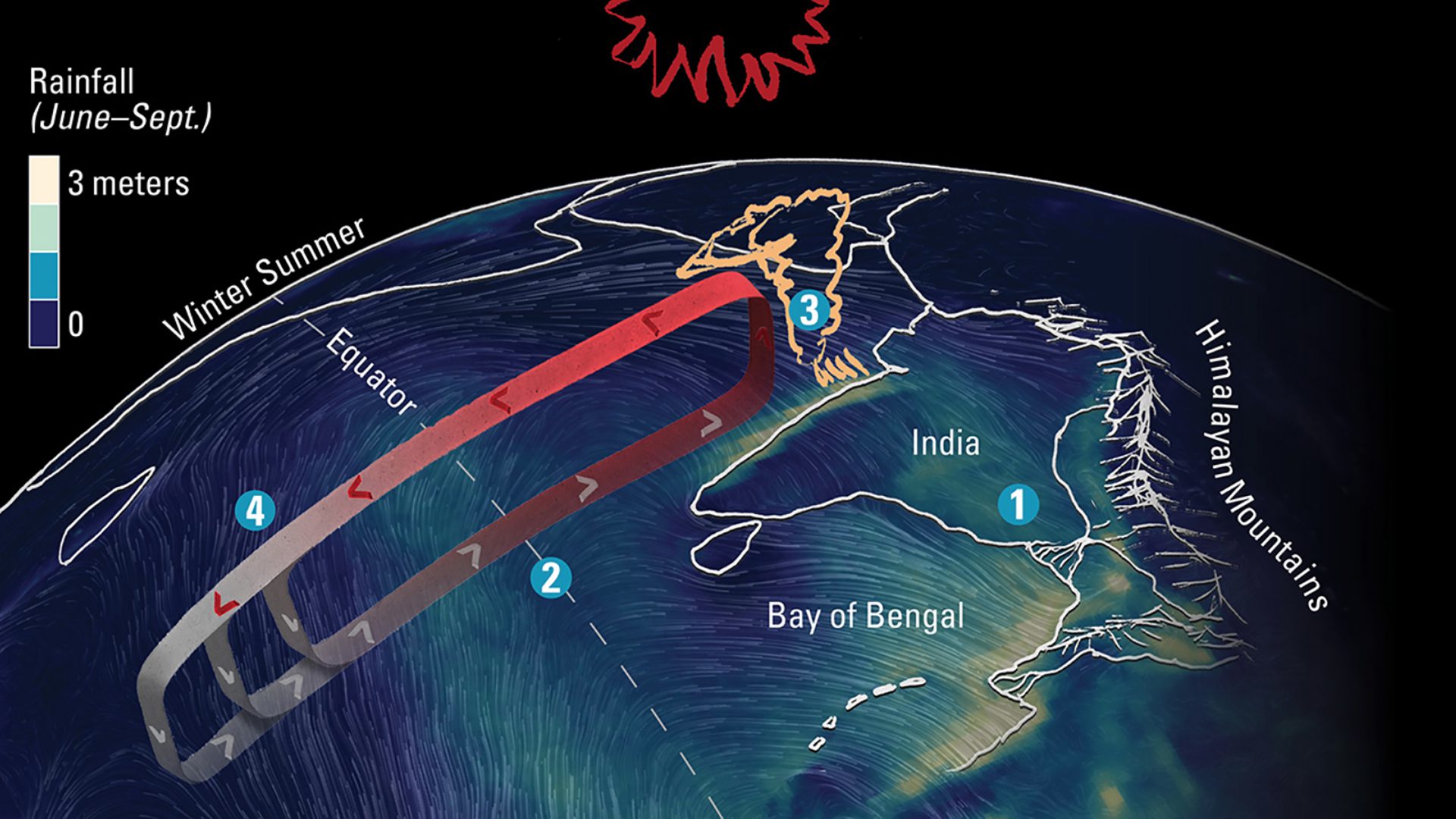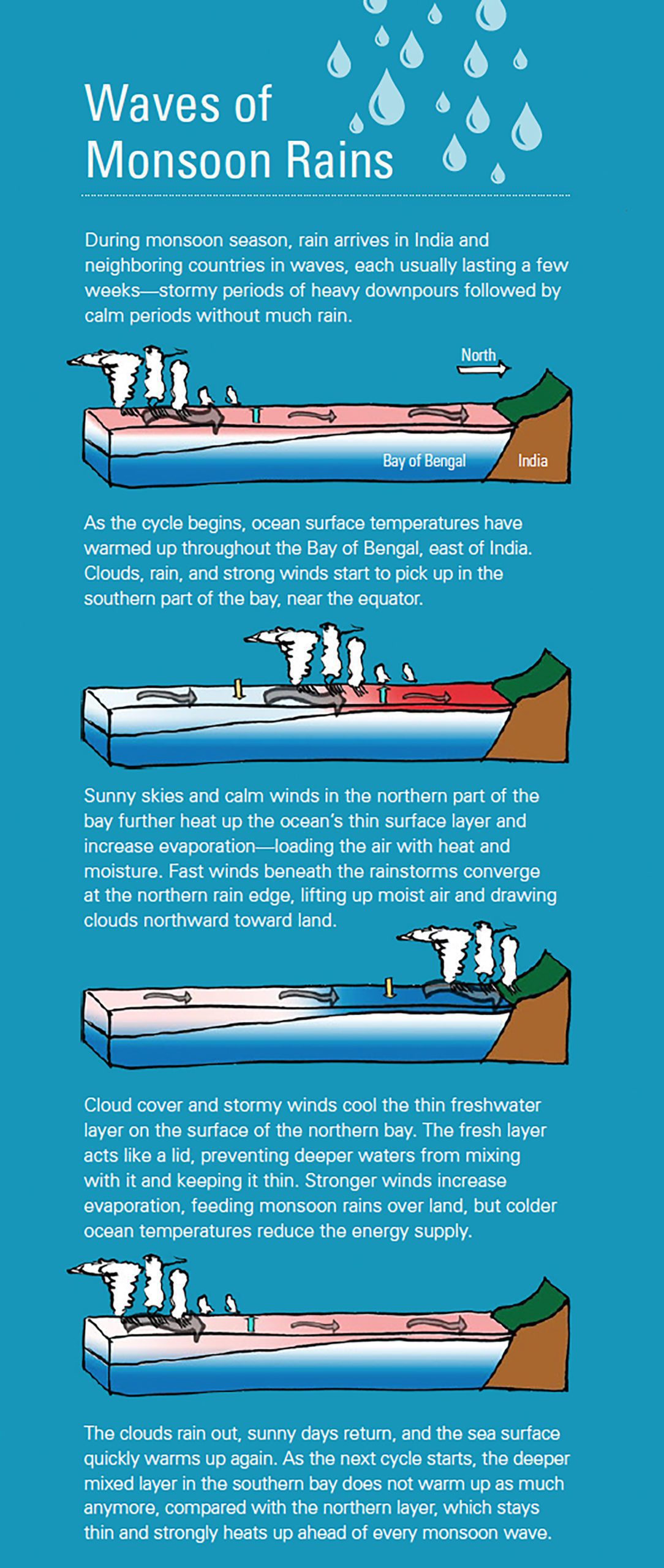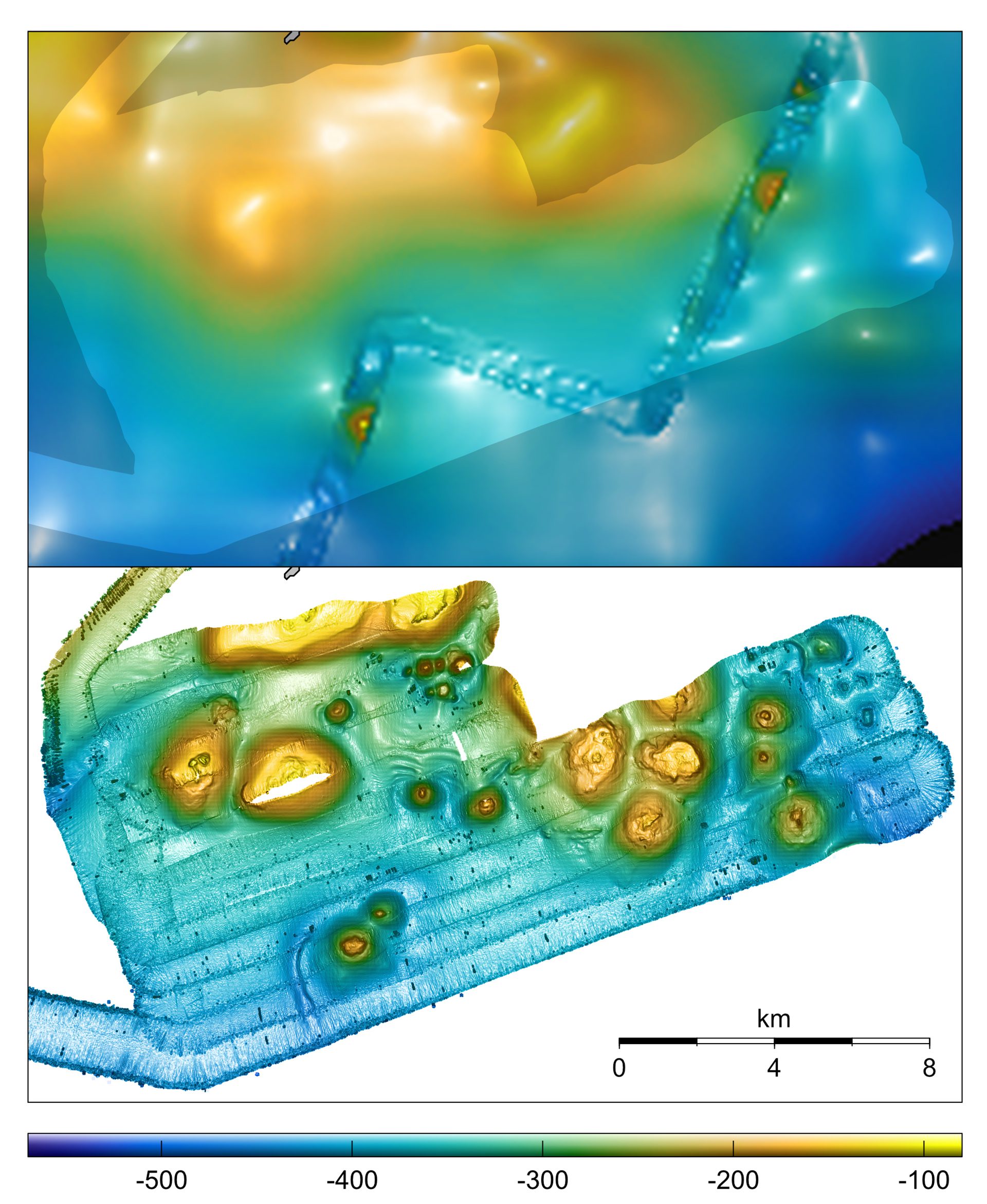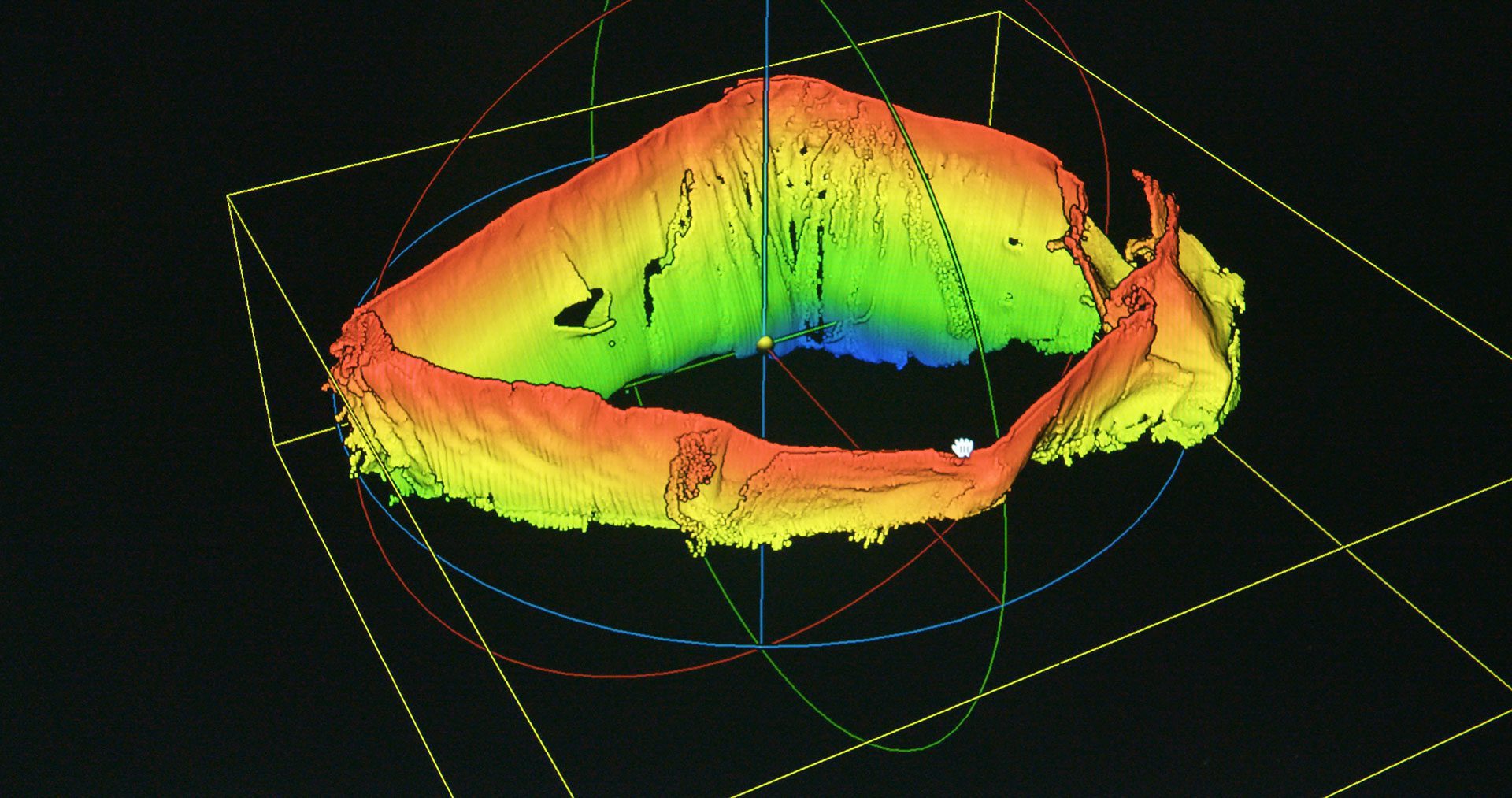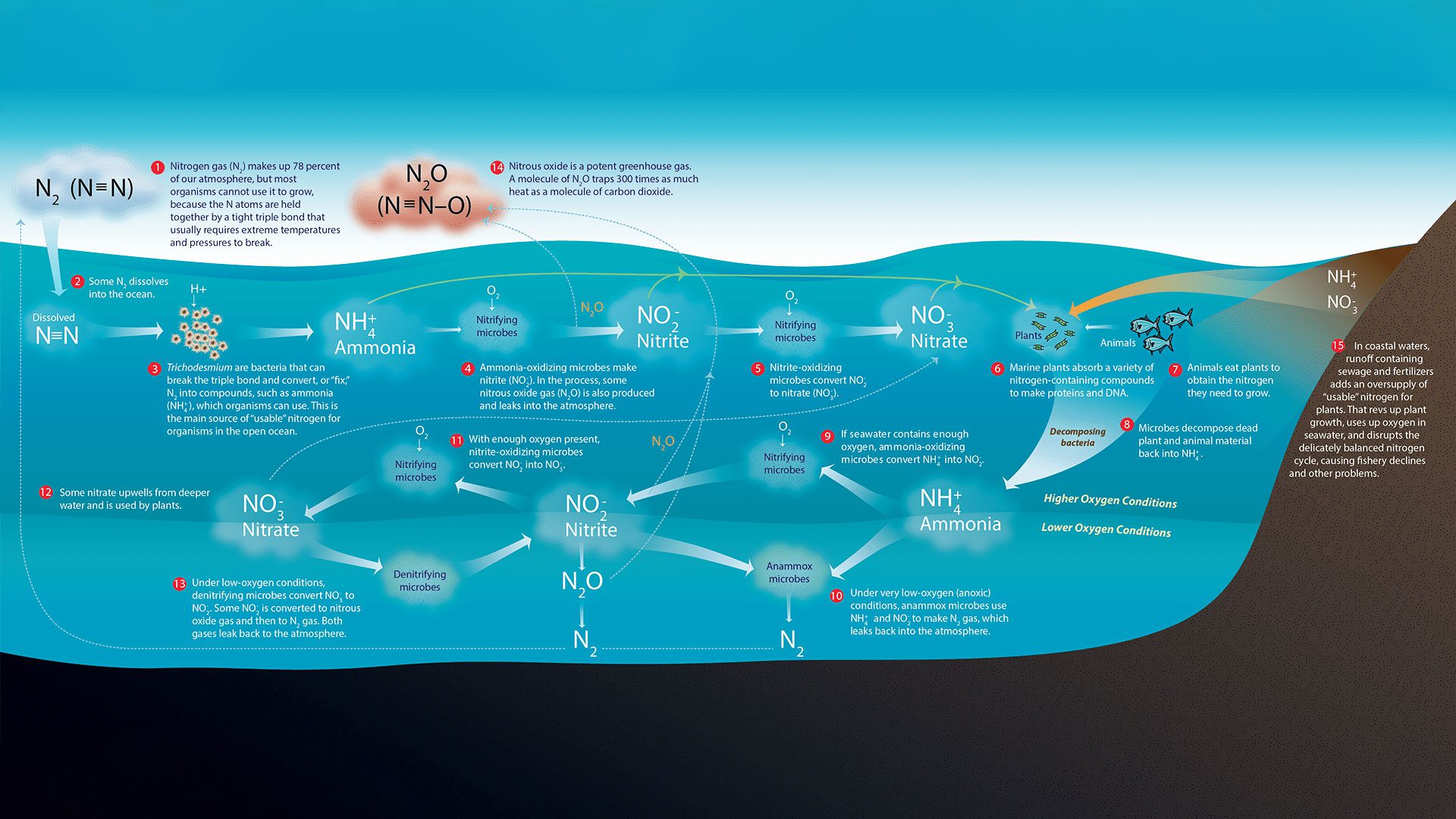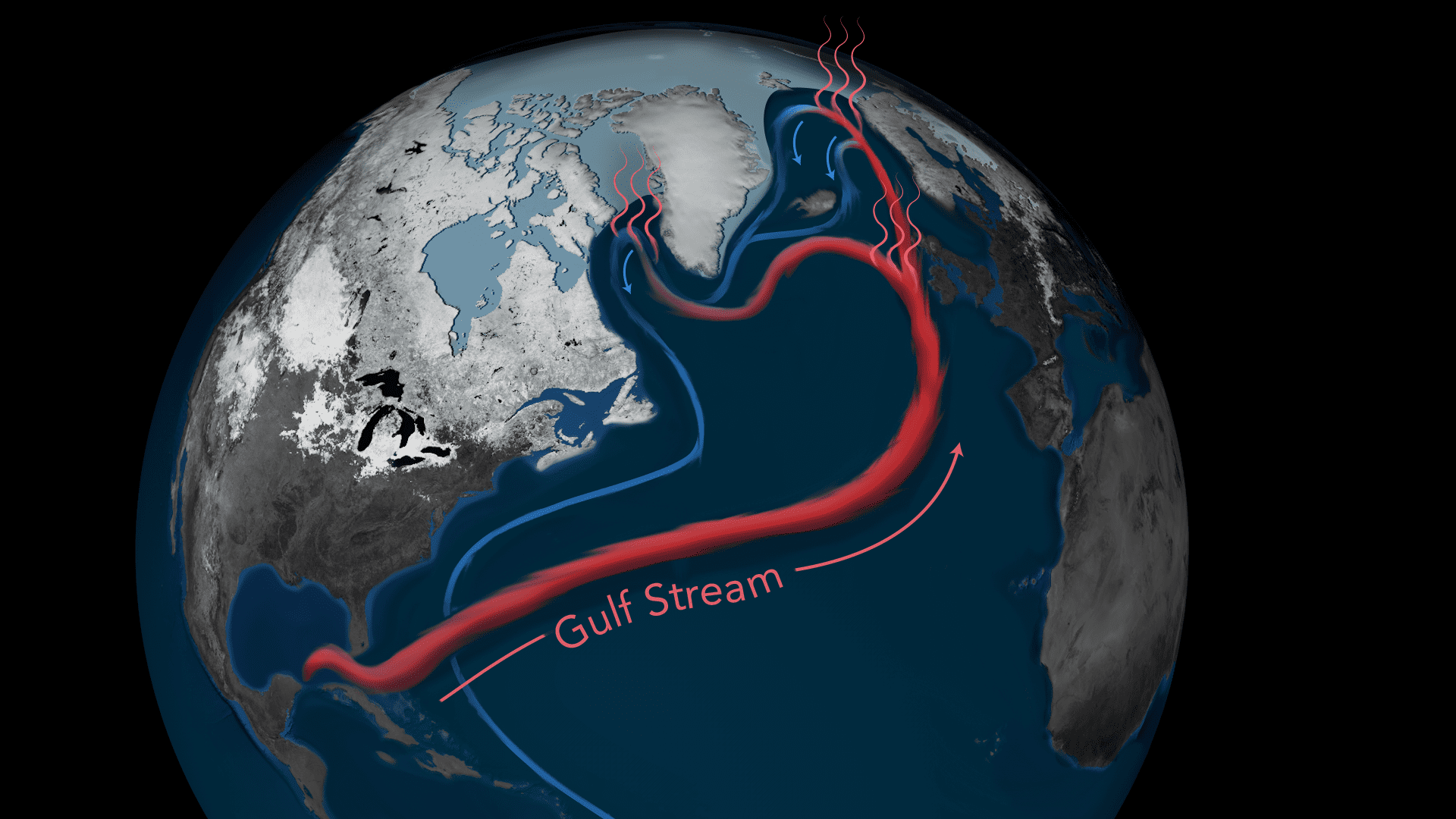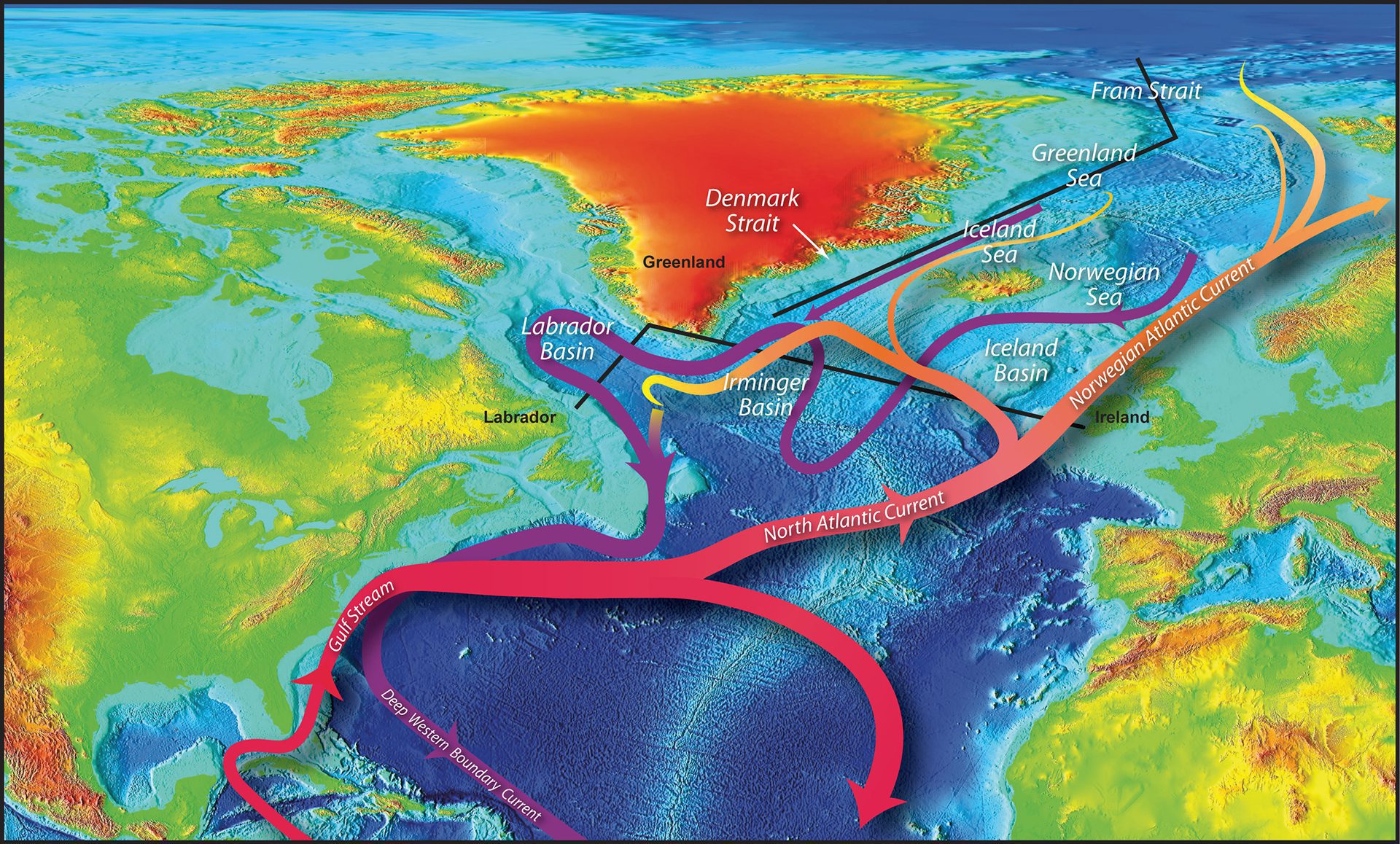Multimedia
A Krill’s Life Cycle
Krill hatch deep and race upward to survive—only those reaching the surface before winter can feed, grow, and live through their first icy Antarctic season.
Read MoreRainfall prediction illustration
Spring winds boost Atlantic salinity, fueling summer rains in Africa and the U.S. via soil moisture buildup, convection, and increased moisture transport.
Read MoreRecent Past and Near-Future Sea Level Rise Rates
Dispersants break oil into tiny droplets using detergents and solvents, but sunlight quickly weakens their effectiveness on oil floating at the sea surface.
Read MoreA microbial garden beneath the seafloor
Chemical reactions below the seafloor create energy-rich fluids that sustain a vast, diverse microbial biosphere adapted to specific underground niches.
Read MoreA smorgasbord of chemical reactions
Deep-sea microbes thrive near hydrothermal vents by using diverse chemical reactions—both with and without oxygen—to extract energy and grow underground.
Read MoreRight whale detection mooring operation
To quiet noisy recordings in rough seas, WHOI engineers created a two-tiered mooring. A bungee-like top line absorbs motion, keeping the hydrophone stable below.
Read MoreRopeless fishing technology to release a trap line entangling a right whale
WHOI engineers created a ropeless fishing system that releases lines using acoustic signals—now moving from successful land tests to at-sea trials and refinements.
Read MorePinocchios Nose: A warm water intrusion along the New England Shelf
Map from 2014 showing sea surface temperatures with a glider track highlighting a warm-water intrusion called Pinocchio’s Nose.
Read MoreScale depicting the concentration of pH and examples of solutions
Seawater is becoming more acidic as CO? levels rise. Even small drops in pH can harm marine life that builds shells or skeletons from calcium carbonate.
Read MoreScallop Life Cycle being affected by ocean acidification
Climate change and ocean acidification could wipe out over half of Atlantic sea scallops in 3080 years—unless strong management and CO? cuts slow the trend.
Read MoreGroundwater cycle
Groundwater flows into the ocean through coastal sediments, carrying chemicals that can impact ocean chemistry—an overlooked part of Earth’s water cycle.
Read MoreMethods for data collection under and on the world’s ocean
Methods for data collection under and on the world’s oceans
Read MoreMicrobial "Trojan horses" stages
Some bacteria ingested by protists escape digestion, survive, and even reproduce—eventually returning to the environment, potentially still infectious.
Read MoreMicrobial Life Tree
Genetic analyses trace deep-sea microbes’ diverse metabolic paths across bacteria, archaea, and eukaryotes, unveiling life’s complex tree.
Read MoreMicroplastics breaking down in different areas of the environment
Scientists study how larger plastics break down into microplastics, exploring land and ocean processes like sunlight, temperature, and abrasion that cause plastic fragmentation.
Read MoreMicroplastics in the Food Chain illustration
Plastics that get into the ocean often degrade into microplastics that are ingested by fish and shellfish and can go up the food chain to be ingested by humans.
Read MoreMid-Ocean Ridges: Magnetics and Polarity, featuring seafloor spreading
Lava at mid-ocean ridges records Earth’s magnetic flips, creating stripes that reveal seafloor spreading rates and past reversals of Earth’s magnetic field.
Read MoreMonsoon circulation cycle
WHOI scientists study the Indian Ocean monsoon cycle, where ocean winds pick up moisture that condenses into heavy rains vital for billions of people’s crops and livelihoods.
Read MoreMonsoon season rain cycle
WHOI scientists are studying the link between water at the surface of the Indian Ocean and predicting monsoon rains.
Read MoreMultibeam sonar image of Galápagos seamounts
Multibeam sonar provided 1-meter-per-pixel resolution of seafloor bathymetry, compared with 800-meter-per-pixel resolution of the same area provided by satellite altimetry data.
Read MoreMultifrequency sonar image of underwater topography of an iceberg
Researchers created a colorful image of underwater topography in Greenland’s Sermilik Fjord using sonar data to estimate iceberg melting rates.
Read MoreNitrogen cycle, with imbedded callouts, captions
Chemical detectives follow nitrogen’s elusive and essential trail in the ocean.
Read MoreSinking water in the North Atlantic
Global map showing warm Gulf Stream waters flowing north toward the Arctic, where they cool, sink, and return south as part of the global ocean circulation.
Read MoreNorth Atlantic Ocean circulation pump
Map of North Atlantic currents labeled, with temperature shown in color and ocean surface elevation represented using a rainbow color ramp.
Read More
